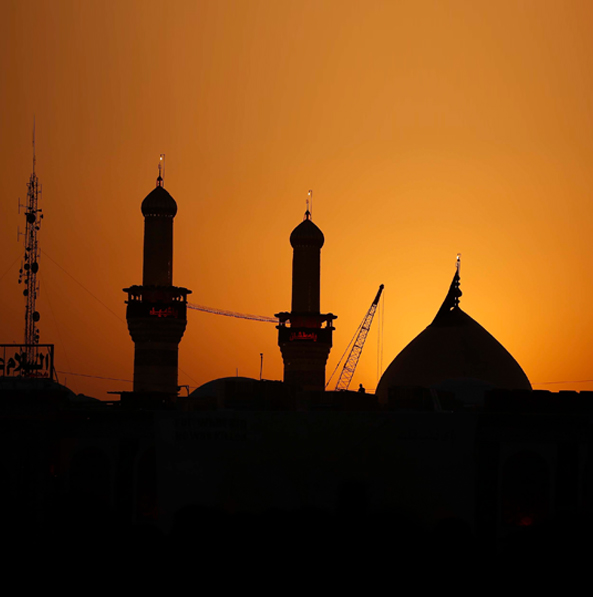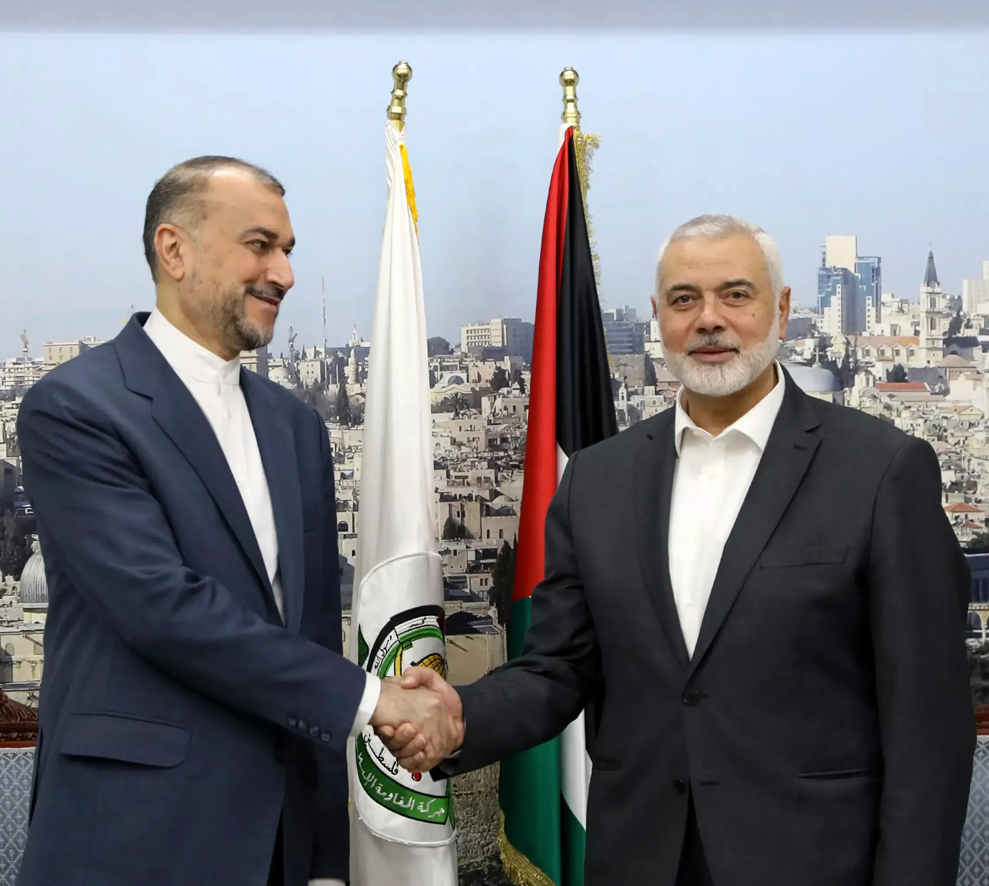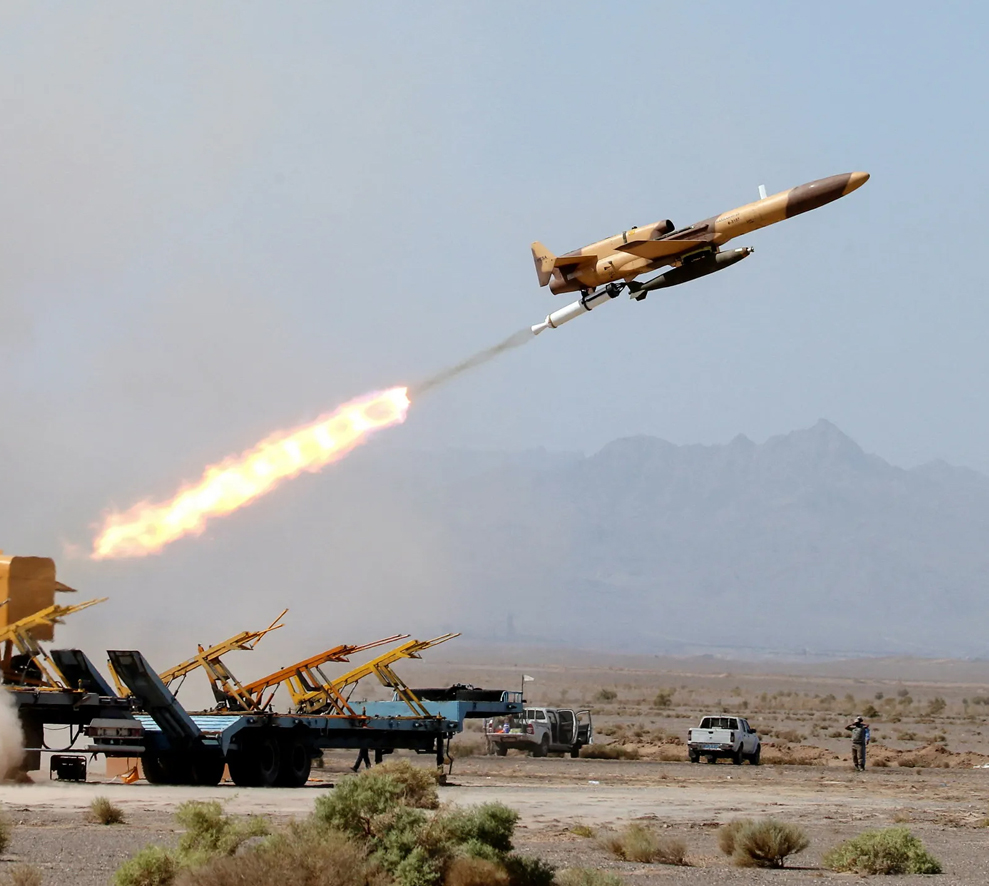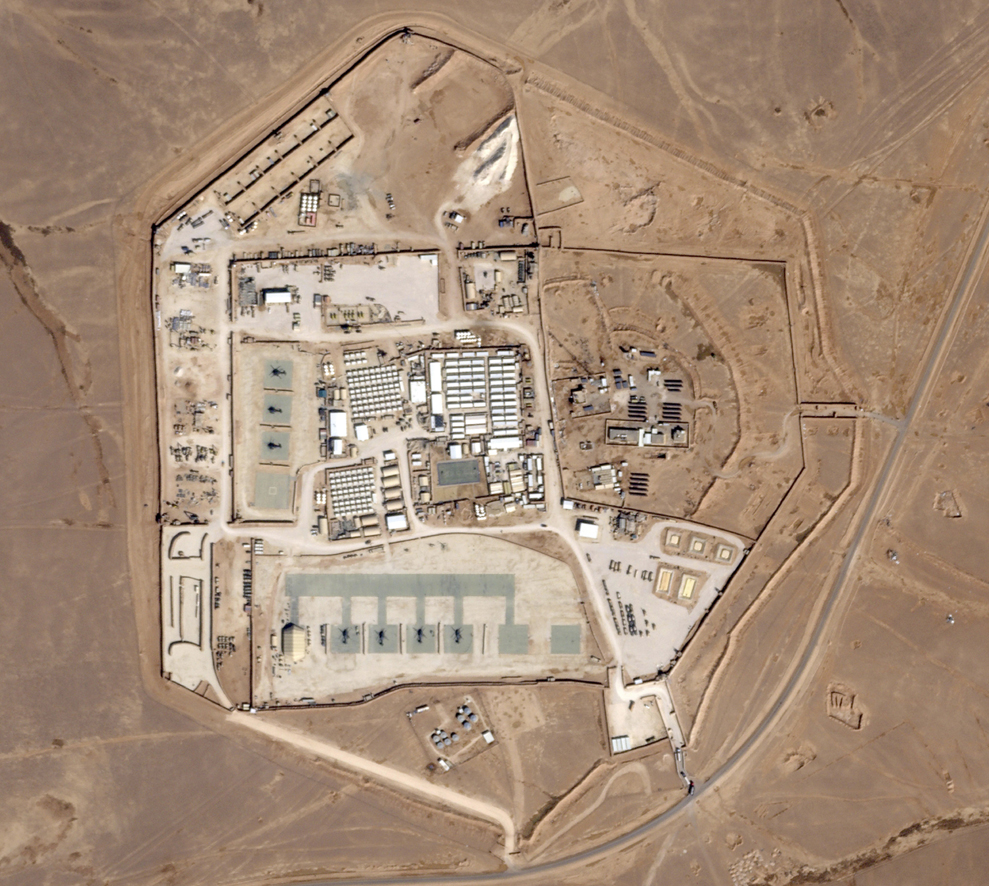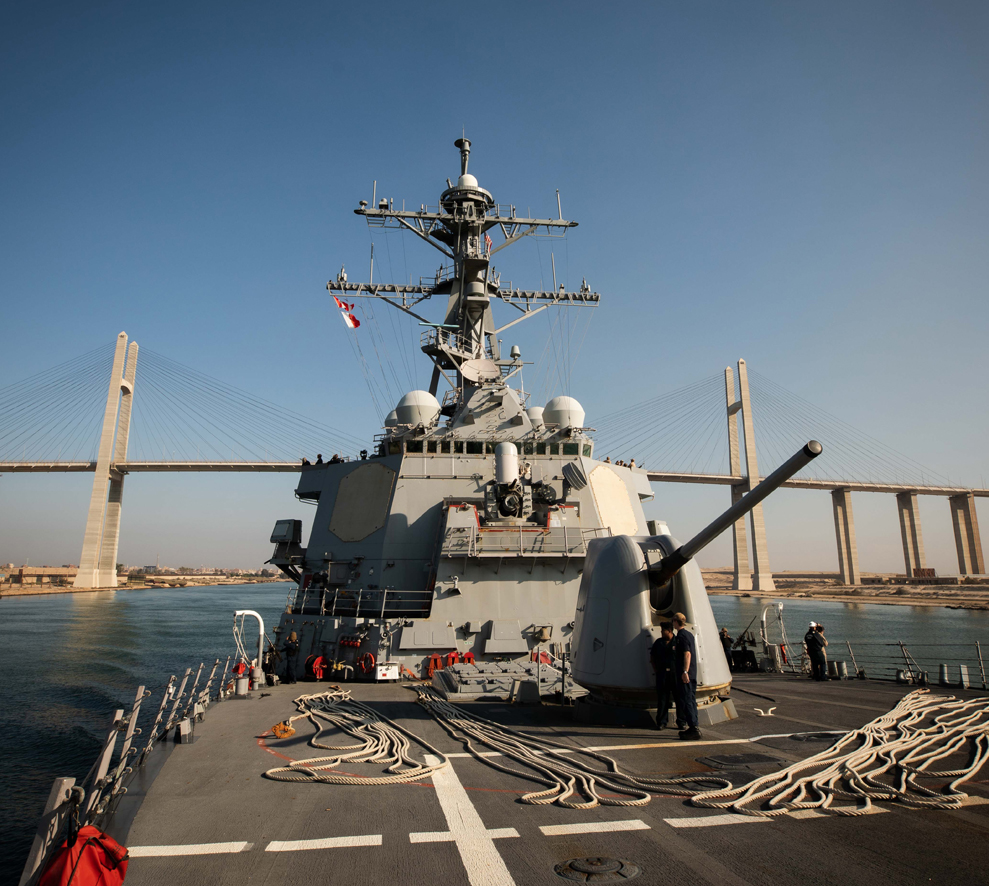This opinion article is part of the series Political Islam in focus
Over the past 40 years, the term "Arab Shi'ism" emerged as a result of multiple temporal and intellectual factors, primarily; what emerged inside some Shiite communities, the desire to differentiate Arab Shiites from Iranian Shi'ism, that had its legitimacy and necessity was confirmed after the 1979 Iranian Revolution. In addition to the emergence of "political Shi'ism" with its ideological and intellectual reference, associated with the "al-Wali al-Faqih".
The concept "Arab Shi'ism" refers to the distinctive identity of Arab Shiites, with their historical dimensions, cultural and social system, as a cultural and political anthropogenic unit, distinct from other Shi'ism formations in the Muslim world, primarily; the Iranian Shi'ism, in terms of its doctrinal moderation, its involvement in the community, and in the status of Arab and national identity to it.
The distinction between Arab and Iranian Shi'ism is also reflected in the perceptions and role of religious reference to the two sides. The religious reference in Iran inherited many of the historical deposits of Safavidism and expansionism from the Persian culture, this is embodied in the missionary approach based on cross-border sectarian ties, as per the intellectual and historical narrative of the al-Wali al-Faqih, which gives the religious authority broad powers to create a supranational identity in internal and external matters, i.e. that "political Islam" among Arab Shiites came as a result of the Iranian political context, not a product of the Iranian political context, and not a product an objective and intuitive process in the course of history.
The dynamics of Arab Shi'ism development are linked with the rise of Iranian ideology and domination of the Shiite sect, besides employing the same in various ways, starting from the accounts of exporting the "Revolution", to the political and religious affiliation to al-Wali al-Faqih, and attempts to prioritize the modern "Qom" Hawza over the ancient Arab Hawza of Najaf. Hence, Arab Shi'ism emerged as a means of liberating itself from the Iranian Shi'ism hegemony and orientations, as well as to restore the significance of the national, cultural, linguistic, and uniqueness of objectives Arab Shiites have. It also emerged as an expression of the Arab Shi'ite refusal to reduce Shi'ism sect to the Iranian version thereof.
Arab Shi'ism: The Genesis
The first Arab Shi'ism dates back to the 18th century, specifically at the Najaf Conference 1743. This conference witnessed the first intellectual dialogue between Safavid Shi'ism and the defenders of Arab Shi'ism, at the height of the Safavid-Ottoman conflict. The Conference brought together 70 scholars from the Safavid state. While the contemporary Arab Shi'ism was characterized by opposing Khomeini's theories and discourse, through which he forced his opponents to submit to them, even his "Revolution" partners and religious authorities in Iran.
Many Shiite intellectuals and references were able to stress out their opposition to political Shi'ism, as it is a purely Iranian creation and option. The majority of Shiite jurists reject Iranian Shi'ism, including the Shiite cleric Mohammad Hussein Fadlallah, who says: "Jurisprudence is a cultural case that does not accompany the Wilaya which is linked to the executive side. Jurisprudence and Wilaya may meet in a person. But the basis is of two aspects: first, leadership competence, experience, and virtue. While the other aspect that they should depend on the Islamic sharia in managing ruling (1). We can see the same opinion by the cleric Sadiq al-Sadr, who describes the Iranian Shi'ism as "limited to the Iranian society, which accepted it after accepting [the Iranian Shi'ism] "Revolution".
Contrary to Iran's "political Shi'ism", most Arab Shiite jurists and references focused on the rule of the nation, moderation, and the non-interference in political affairs. Rejecting sectarianism was dominant over the logic of their discourse. In such context, there are a lot of Arab references who adopted the moderate discourse, including Mohsen al-Ameen in the 14th century (Hijri calendar), who was a well-known Arab reference, in addition to the prominent Lebanese reference; Mohammed Hussein Fadlallah (1935-2010), the Lebanese Shiite Islamic thinker; Mohammad Mahdi Shamseddine (1936-2001), the Shiite religious scholar of Lebanon; Mohammad Mohsen al-Amin (1946-2021), religious reference Ali al-Amin, cleric Hani Fahs (1946-2014), the reference in the scientific Hawza of Najaf; Abu al-Qasim al-Khoei (1899-1992) Mohsen al-Hakim (1889-1970); who headed the scientific estate in Najaf, and the religious supreme reference, Ali al-Sistani, besides so many others who represent the reference and the call to the Arab Shi'ism, liberated from the Safavid and Khomeinist violent and interfering tendencies, whether in the interior or the foreign arenas.
Thus, the phenomenon of Arab Shi'ism appears, in concept, to be the oldest in its actual academic and political emergence among Shiite communities since the 1980s. Arab Shi'ism was expressed by the literature of activists and writers, such as Ishaq Niqash in his 1985 book (Shiites in Iraq),[2] where he highlighted the differences between Iraq's Shiites and Iran Shi'its. Rand al-Rahim and Graham Fuller wrote in their book (Arab Shiites: the Forgotten Muslims) issued in 1999, systematically diagnosed the causes of modeling created by the Iranian Revolution, which portrayed a monolithic image of Shiites to the Western world, where the Shiites were represented a homogeneous group, with a religious and doctrinal dimension, and with an anti-nationalism and anti-Western tendency alike.
What is the most important in the development of the concept of Arab Shi'ism, that it was adopted by a large number of Arab Shiite clerics and references, as well as being adopted by the voices of Shiite intellectuals and activists, in their calls to bring official and unofficial Arab support to them, given the importance of Arab Shiites, in addressing Iranian political Shi'ism, its penetration of Arab Shiites, and its use by the regime of the al-Wali al-Faqih at the level of discourse and practice.
In this regard, we can describe the competition between the Arab Shi'ism and the Iranian political Shi'ism, in terms of the inclination of al-Wali al-Faqih to eliminate the moderate voices which do not support it, in addition to its attempt to present itself as a comprehensive and monolithic reference to the different Shiite sects around the world, as an marginalization to the historical religious institutions of the Shi'ite sect, same as it is with the Najaf Hawza.
Arab and Iranian Shi'ism: Distinction and Differences
There are many features of the contemporary Arab Shi'ism, different from the features of the contemporary Iranian Shi'ism with its contemporary version of Wilayat al-Faqih and the post-Iranian-Revolution regime 1979. This can be specified as follows:
Ancient Arab Hawza and Clear Intellrectual Traditions
The Najaf Hawza dates back to 448 (Hijri calendar), with the arrival of Sheikh Abu Jaafar Mohammed bin Al-Hassan al-Tusi, known as the "Sheikh of the Sect", to Najaf, selecting Najaf to be a Hawza and a scientific university. Najaf city became the capital of science and a center of scholars. Scholars went to Najaf, and thousands of jurists graduated from it. Speakers, interpreters, linguists and, historians also graduated from Najaf. For thousands of years, Najaf's traditions were represented by the selection of its supreme reference, via adopting the relative consensus of religious and scientific reference or the so-called "the Experienced" in the Hawza norms.
On the other hand, the "Qom" Hawza is relatively novel compared to that of Najaf. It was founded as it stands, by Abdul Karim al-Hayri in 1340 (Hijri calendar) where he called it "The Scientific Hawza". Yet, it began as an active scientific Hawza in conjunction with the crisis of the Najaf Hawza with the former Iraqi regime, which limited its activities, the matter that led to maximizing the role of Qom Hawza, especially in light of the attention and care Qom Hawza received from the Iranian regime after the "Revolution", making it the biggest and the most effective and affecting Hawza for the political Iranian Shi'ism, with its historical and cultural problems, unlike the Najaf Hawza pure Arab Shi'ism identity, which depends on the heritage of Ali Bin Abi Taleb.
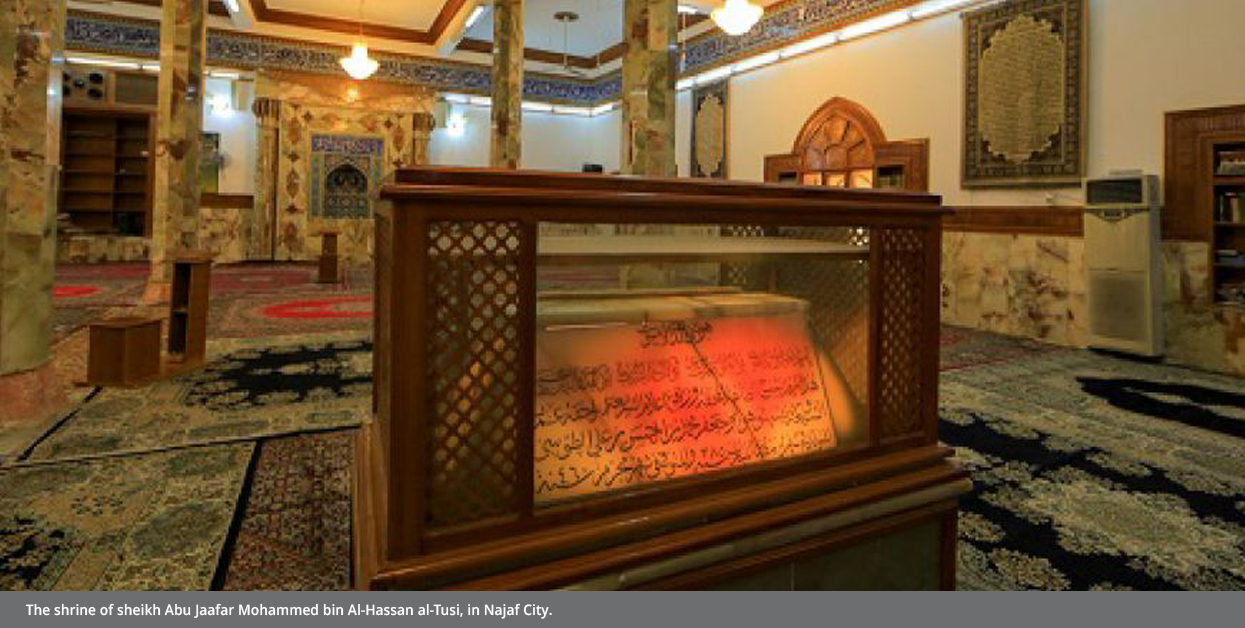
This is confirmed by the Shiite religious scholar; Mohammed Hassan al-Amin, under the title: "I am Biased to Najaf", where he talks about the priority of Najaf over the one of Qom. He explained this by saying "The most important thing, that we can see in the different surroundings in which the two [Hawzas] are located, is that Najaf is located in an Arab environment, while the other is located in a human, intellectual, and cultural non-Arab environment "[3]. He adds "Najaf, compared to the Qom, is the best place -in our view- to achieve this. If we add these aspects to another one which is that Najaf University is older [than Qom] as it was founded by Sheikh Tusi a thousand years ago, and before the time of Shi'ism in Iran. Therefore, the scientific Hawza in Qom is hundreds of year late from Najaf's Hawza. For that, we are biased towards prioritizing the honorable Hawza of Najaf".
Arab Shi'ism Against Employing Sectarianism
The differences between the Arab and political Iranian Shi'ism present in the sectarian issue. The latest is active throughout employing such sect as a supra-national topic, within a Shi'ism hierarchy topped by Wilayat al-Faqih, calling to a continuous political interaction and activity to the Shiite communities in the Arab societies, in a manner that contradicts with the national interests, and threatening the collective identity, vis-à-vis to the Arab Shi'ism, which observes the national sense and Arab affiliation.
It can be said that Iran found in the sect card, and in the Shiite space, an opportunity to make up its geopolitical objectives and its strategies, after the "Iranian Revolution". This is through the use of groups affiliated or affected by Iran, to expand and interfere in the affairs of some Arab countries, press on its Arab Shiite opponents, and press on those who oppose them from the political systems. All the topics Khomeini called for, currently applied by Iran, come as a part of Iran's efforts to achieve its strategic goal of "exporting the Revolution".
Perhaps this Iranian purpose is what prompted the great Shiite thinker, Ali al-Amin, to urge liberating Arab Shiites from employing them by the Iran, which monopolizes the voice of Shiites by using its affiliating groups in the region. Al-Amin says "Iran shows, through some factions, that the Shiites in general are supporting it, in order to influence their surroundings and homelands. However, there is another opinion within the Shiite community, because you cannot reduce a sect or doctrine to a faction. Hence, the Shiites are not reduced to Hezbollah, Da'wa Party in Iraq, nor the other existing parties and organizations. But the Arabs did not embrace the other Arab Shiite opinion, while Iran embraced these parties and organizations in the region, and became instruments for [Iran] in the region".
The Shiite thinker, Mohammad Mahdi Shamseddine, also warns against political Shi'ism by saying "I recommend my sons my Imami Shiite brothers in every country, and in each of their communities, to integrate themselves into their own people, in their communities, and in their homelands. Not to distinguish themselves with any special distinction, and not to invent for themselves a special project that distinguishes them from others, because the basic principle is Islam…. It is the unity of the nation, which goes hand in hand with the unity of interest. The unity of the nation requires integration and indistinction. I recommend that they not be dragged or rush behind any call that wants to distinguish them under any guise of titles, such as their giving them their right and the removal of grieve from them, and also as being a minority with rights other than those enjoyed by other minorities." [5].
In such context, Arab Shi'ism and its figures are characterized by patriotism, respect for the cultural and political special features of a country and its people, and the lack of submission to the Iranian hegemony and its guardianship. The idea of the al-Wali al-Faqih, in this context, represents a central goal of Iran, in presenting itself as the central leadership of the world Shiites. The concept of al-Wali al-Faqih creates Iran's mentality besides being the decision-maker, based on the narratives of the "Iranian Revolution" having its legitimacy from such narratives, according to historical circumstances, provided by Iran, as a natural context for the development of Shiite political Islam. The mentality of al-Wali al-Faqih, therefore, dismisses all those who reject or reserve it, using that mentality as a political tool to achieve its geopolitical objectives in its extensive interventions in the region.
The Road Towards an Arab Hawza
In the face of the over-expansion of Iranian Shi'ism, the empowerment of Arab Shi'ism requires, first and foremost, a well-defined strategy, shared by the governments and countries of the region, particularly those with Shiite community components. This need arises from the differences in Iran's support for Qom comparing to the weak support of Arab Shiite Hawzas and groups.
In November 2021, the budget of al-Mustafa International University, which is responsible for educating foreign students and religious propaganda outside Iran, was increased by 53% comparing to the previous year, with budgets of 308 billion tomans. While there are hidden budgets that are not disclosed. The total proposed budget for parallel institutions and religious centers, during the past year, was increased by 18.9% in revenues, according to statistics published by the Iranian media.[6].
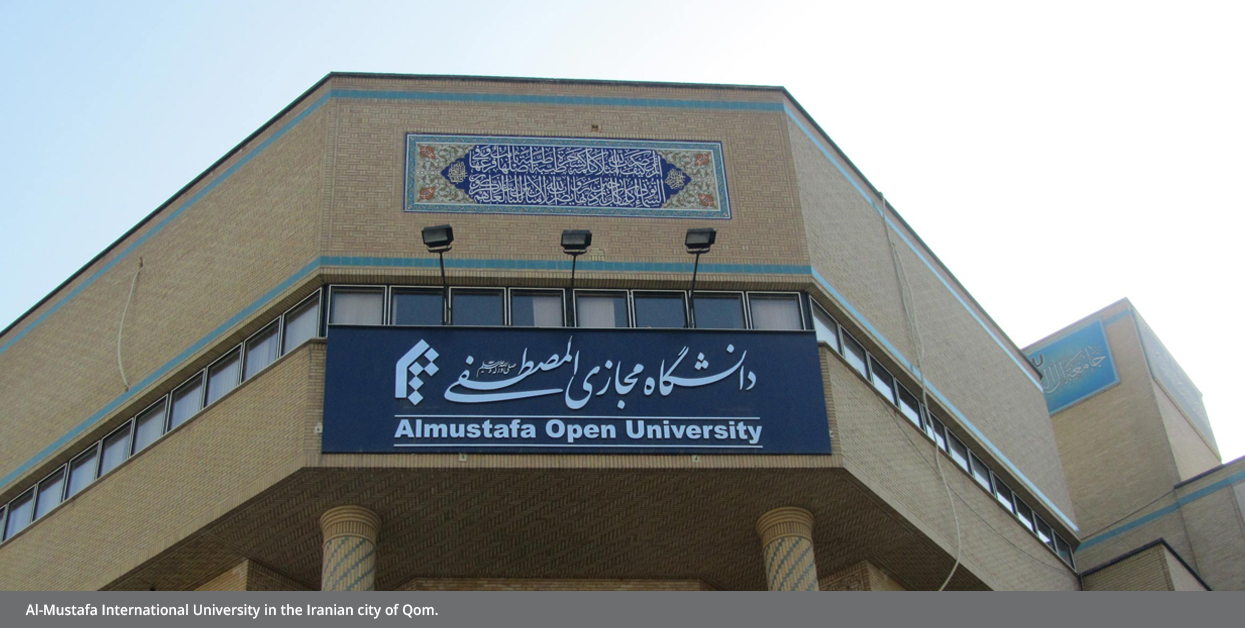
This finds opponents even inside Iran. Iranian voices criticized paying of large sums of money to Shiite religious Hawzas, at a time when the executive authority is facing a lack of credit to pay salaries, while unable to provide facilities and construction activities. [7].
This is in addition to the fact that Qom Hawza, and many institutions, maintain various endowments, donations, and sources of income. However, the Iranian government additional support is surprising. It reveals the extent of the government's concern for the ideological education, and its dissemination both inside and outside Iran. This is not available, in any way, to the voices, institutions, and the small forces of Arab Shi'ism, that represent themselves and lack any support. On the contrary, they may even sometimes find parallel marginalization by some Arab governments in earlier eras, like how it was with Najaf's reference in the reign of the former Iraqi Baath regime.
It may not make sense to talk about a new Hawza, with Najaf, Hilla, Jabal Amel, and other rich historical heritage of Arab Shi'ism, This calls for the support of these existing institutions, the revitalization of understanding and dialogue with them, and the constant interconnection between moderate sects, against extremism and politicized extremists.
Arab national and cultural institutions should be concerned, and provide the necessary support, by esteeming the prominent figures and history of Arab Shi'ism past and present, and highlight such figures in the face of the Iranian media machine, that makes its figures, and monopolizes the voices of its rival, marginalizes them, as well as against some other extremist sectarian discourse, which antagonize the Shiites in general.
References
[1] Shiite cleric Mohammad Hussein Fadlallah on questions of Mukashafat - an interview conducted by Abdul Aziz Mohammed Qassem, Okaz newspaper, on February 21, 2008.
[2] See Ishaq Niqash, Shiites of Iraq, translated by Abdul Ilah al-Nuaimi, i1 Al-Mada Publishing House in 1996.
[3] Mr. Mohammed Hassan Al-Amin, Foundation Lights towards a Contemporary Scientific Hawza, first edition, Imam Al-Sajjad scientific Hawza, first edition, 2021 p. 44.
[4] ibid, p. 47.
[5] The commandments of Imam Muhammad Mahdi Shamseddine, M.S.A., p. 2.
[6] An Iranian newspaper that insults "Taboo" religious Hawzas.. The Secret is in Finance, a report posted on Al Ain Gate on November 21, 2021
[7] ibid.
The opinions expressed in this study are those of the author. Strategiecs shall bear no responsibility for the views and/or opinion of its author on security, economic, social, and other issues, as they do not necessarily represent the views of the Think Tank.
Keep in touch
In-depth analyses delivered weekly.
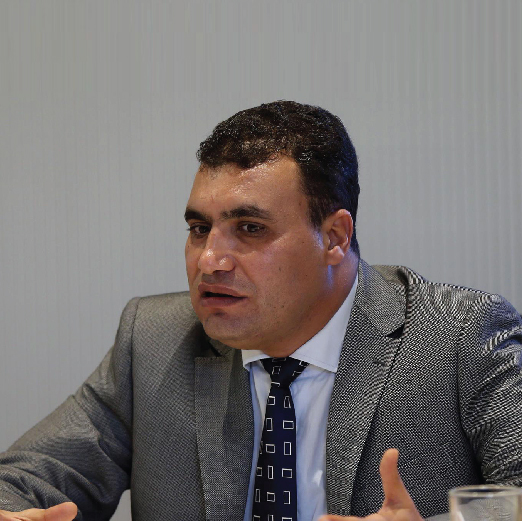
Related Analyses:







